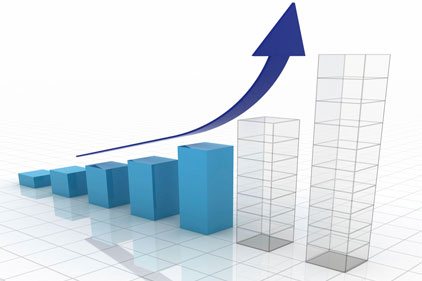The business of American chemistry expanded 3.6% in 2015, despite global headwinds that included a strong appreciation of the U.S. dollar and a weakness in several key global markets, according to the American Chemistry Council (ACC).
“The U.S. chemical industry renaissance is just getting started,” said Kevin Swift, chief economist and lead author of the trade group’s Year-End 2015 Chemical Industry Situation and Outlook. “The fundamentals are strong. Key domestic end-use markets expanded, consumer spending accelerated, the job market began to firm, and households enjoyed extra savings from lower energy costs.”
Prepared annually by ACC’s Economics and Statistics Department, the outlook is the association’s annual review of the U.S. and global business of chemistry. It offers global and domestic chemical industry data related to production, trade, shipments, capacity utilization, R&D spending, capital spending, employment, and wages. The business of chemistry is reportedly an $801 billion enterprise and one of America’s most significant manufacturing industries, accounting for more than 14% of all U.S. exports and 15% of the world’s chemicals. More than 96% of all manufactured goods are touched by products of chemistry.
Light vehicle sales and housing starts reportedly were two large, end-use markets that increased in 2015, 5% and 12% respectively. Each light vehicle contains approximately $3,500 worth of chemistry, and each new home approximately $15,000 worth of chemistry products.
The annual publication forecasts a 2.9% increase in domestic chemical production in 2016, followed by a 4.4% expansion in 2017. Through the forecast period of 2020, U.S. chemistry production is expected to expand at a pace of over 4% per year on average, outpacing that of the overall U.S. economy.
The momentum reportedly will continue as new capacity comes online in the next several years. As of December 15, 2015, more than 261 new chemical production projects had been announced since 2010 with a total value of more than $158 billion, and a full 34% already complete or under construction.
On a macroeconomic level, the global economy faltered in 2015 with geopolitical uncertainty and recessions in Brazil, Russia, Japan and other nations, as well as a pronounced slowdown in China. The economies of the UK and the Euro area advanced, as did that of the U.S.. U.S. gross domestic product (GDP) growth is expected to be in line with the underlying trend, about 2.6%. Growth is expected to moderate toward the end of the decade. For the business of chemistry, after a promising start of the year, it is likely that overall global production only advanced 2.8% in 2015, slightly lower than the 3% pace in 2014. Prospects will improve in 2016, with global output rising 3.3%, then gaining some momentum and hitting 3.7% in 2017. In the long-term, the most dynamic growth will be seen in the developing nations of Asia-Pacific and Africa and the Middle East. Competitive advantages from shale gas reportedly will keep U.S. production strong as well, while these same issues, along with structural challenges, will cause Western Europe and Japan to lag helping the U.S. recapture global market share.
For more information, visit www.americanchemistry.com.



